Revealed: the secret Japanese past of North Korean leader Kim Jong-un’s mother
A new book reveals that the leader’s maternal grandfather was a Japan-based smuggler who had to flee to North Korea to escape prosecution
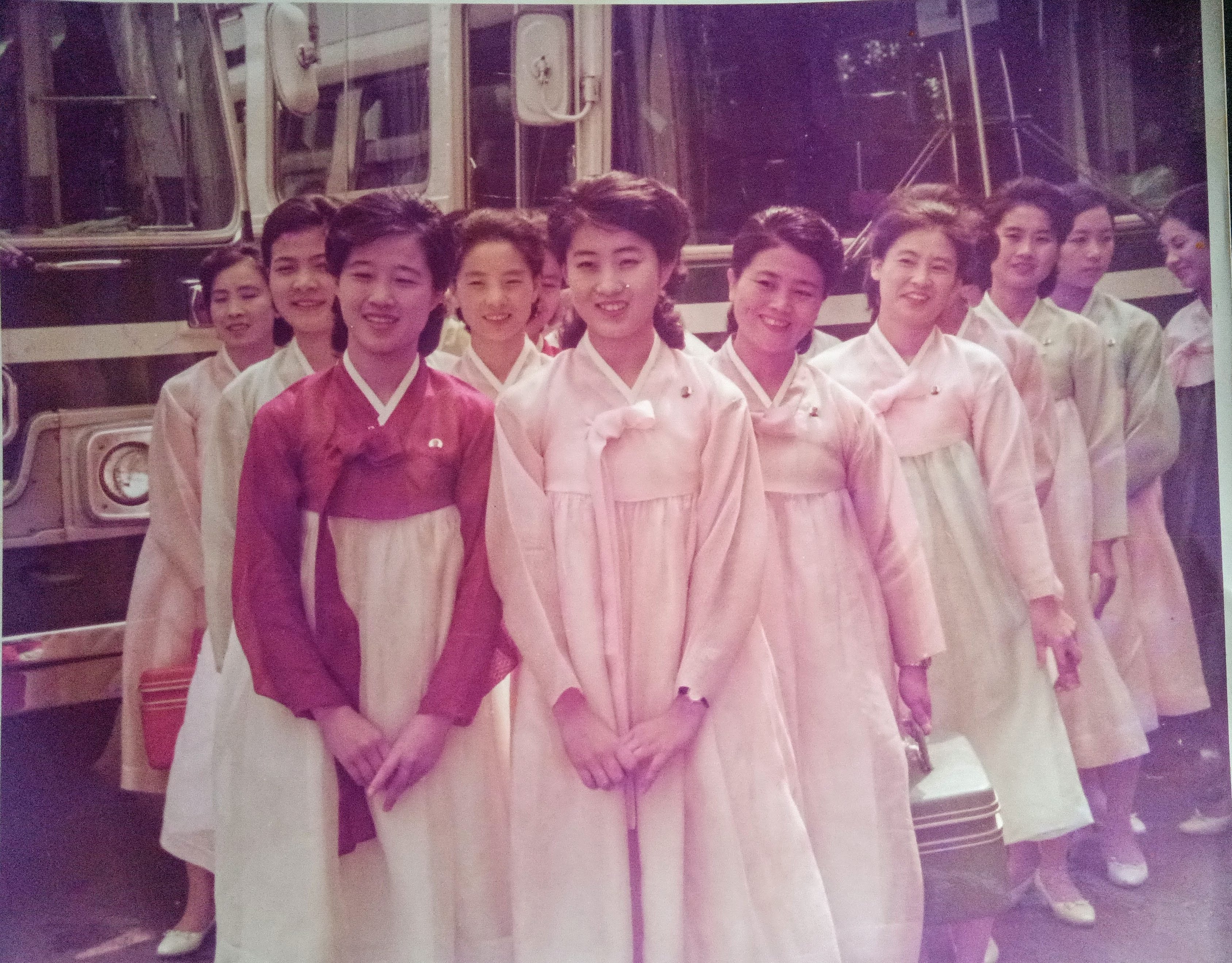
A new book published in Japan has shed fresh light on the life of Ko Yong-hui, the mother of Kim Jong-un, whose background the North Korean leader would prefer remains shrouded in secrecy.
Published last month, Ko Yong-hui: The Zainichi Korean Who Became Kim Jong-un’s Mother, was written by journalist and author Yoji Gomi and draws on interviews with relatives still based in Japan, detailing how Kim Jong-un’s maternal grandfather made a precarious living as a smuggler and had to flee to North Korea when he was close to being arrested for his illegal enterprise.
For a regime founded on hatred for Japan for its colonial occupation of Korea and the supremacy of the Kim dynasty, news that Kim’s grandfather was a common smuggler could be hugely damaging. It also undermines the regime’s perception of zainichi, or second-generation Koreans living in Japan, who move to North Korea as spies.
“North Korea has long propagated the narrative that the Kim family single-handedly achieved independence for the nation,” Gomi told This Week in Asia. “However, revealing that the mother of the [North] Korean leader was a zainichi Korean – a group that is subject to discrimination in the North to this day – would undermine the regime’s prestige and legitimacy.”
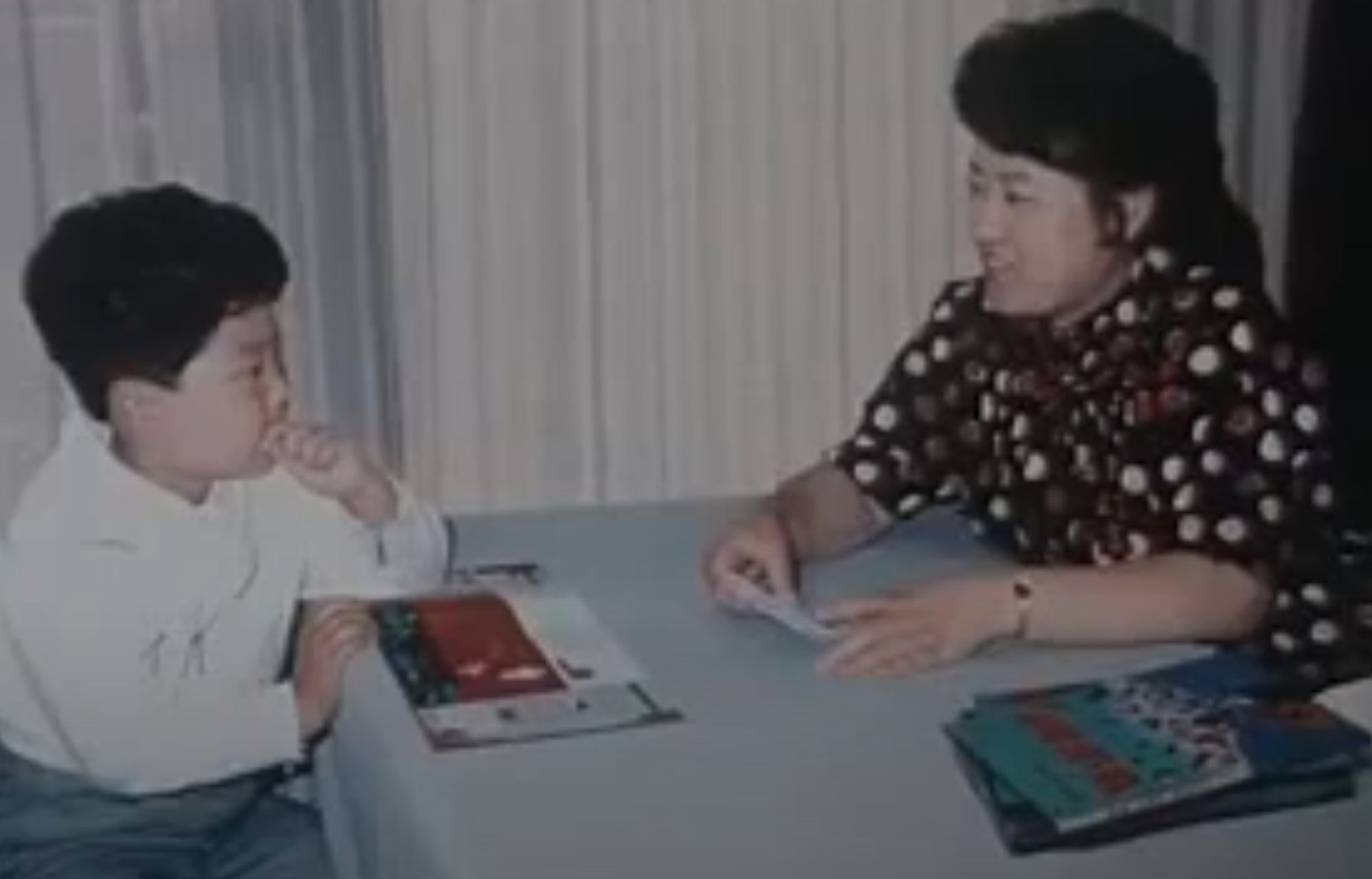
The Kim clan has always promoted the purity of the “Mount Paektu bloodline”, named for the iconic mountain that stands on North Korea’s border with China and was, according to legend, the site of the guerrilla camp from where Kim Il-sung, founder of the nation and the present ruler’s grandfather, led a band of rebels fighting the Japanese forces occupying the peninsula.
Scholars outside North Korea dispute most of the regime’s claims as propaganda designed to cement the Kim family’s legitimacy. Instead of Kim Jong-il, the former leader and father of Kim Jong-un, being born in a guerilla hut on the slopes of Mount Paektu, historians believe his birthplace was actually a World War II displaced persons camp in Russia.
The North has worked hard to keep that version from its people and will equally want to keep further details about Ko secret.
Born in Osaka
Ko was born in 1952 in the Tsuruhashi district of Osaka, traditionally the city’s Korean district. Her father, Ko Gyo-taek, was originally from Jeju Island in South Korea, but “struggled with life in Japan”, Gomi said.
Arrested in South Korea as he tried to smuggle Japanese clothing into the country, he was later detained by the Japanese authorities for attempting to enter the country illegally and deported.
With his livelihood effectively gone and North Korea inviting Koreans living overseas to return to build what it claimed was a socialist paradise, the elder Ko jumped at the chance to start over, taking his 10-year-old daughter with him.
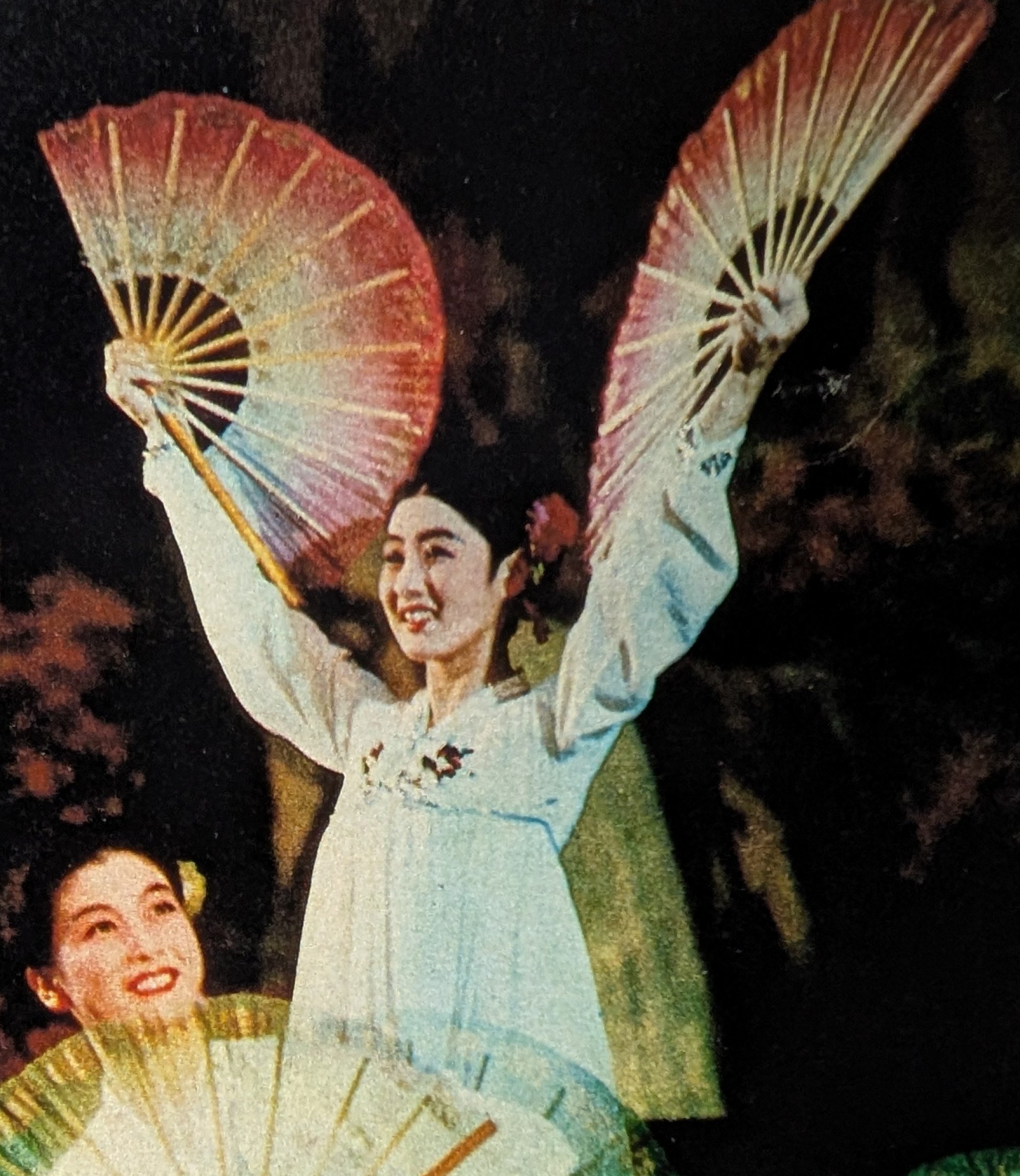
Little is known of Ko’s early years in North Korea, but Gomi’s research has revealed that by the early 1970s she had joined the renowned Mansudae Art Troupe in Pyongyang, where she apparently caught the eye of Kim Jong-il. Kim had already been married twice and Ko was his second mistress.
Gomi said that there was no information on whether Ko “had any other options” other than becoming Kim’s mistress, but she was later installed in a luxurious villa near Pyongyang before being moved to the coastal city of Wonsan after giving birth to three children.
Unhandled type: inline-plus-widget {“type”:”inline-plus-widget”}
Born in September 1981, Kim Jong-chul is the oldest but was never seen as a successor to the Kim regime. Second child Kim Jong-un, born three years later, was groomed from a young age to take over, while Kim Yo-jong, born in 1987, is a close adviser to her brother.
“There are various analyses of Ko Yong-hui’s personality,” said Gomi. “One is of a very considerate and capable woman, while another depicts her as a strong-willed individual who engaged in fierce power struggles to ensure her son would become the successor.”
Gomi’s book includes photographs of Ko with a young Kim Jong-un, whom she reportedly taught to speak and sing in Japanese.
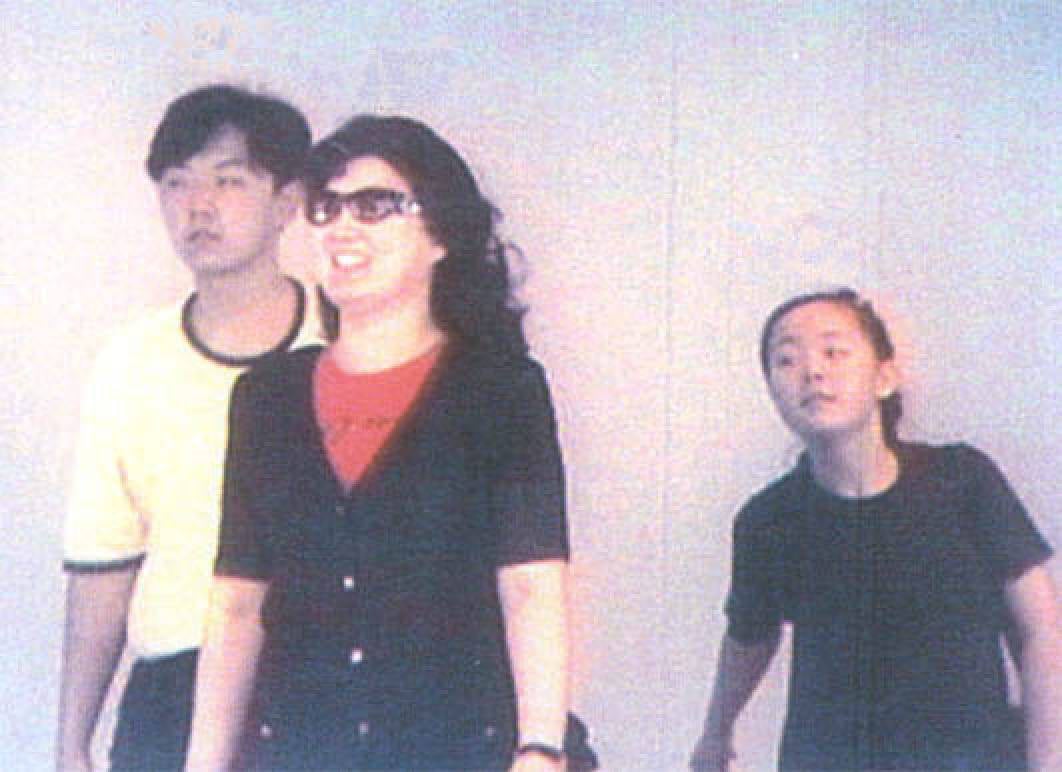
“While she was likely a devoted mother, it is believed she frequently accompanied her husband on regional inspections, leaving little time for family,” he said. “His direct reaction to his mother’s death remains unknown; however, he has been observed to become emotional and weep at events in Pyongyang related to mothers and women. This suggests that he continues to hold deep affection for his mother.”
Gomi was able to interview a number of Ko’s relatives who are still living in Osaka, although they would speak only on the condition that their identities were kept secret.
Formerly affiliated to Chongryun, or the General Association of Korean Residents of Japan, whose members still swear allegiance to Pyongyang, the family wanted to keep a low profile. “They have not mentioned any specific threats, but they did express a desire to avoid any future problem and requested that I protect their anonymity,” Gomi said.
It is a sensible precaution given that Kim is widely believed to have ordered the murder of Kim Jong-nam, his older half-brother, with a nerve agent as he waited to board a flight in Malaysia in February 2017. It is assumed that Kim Jong-nam was assassinated as he was seen as a threat to Kim, who took power after their father’s death in December 2011.
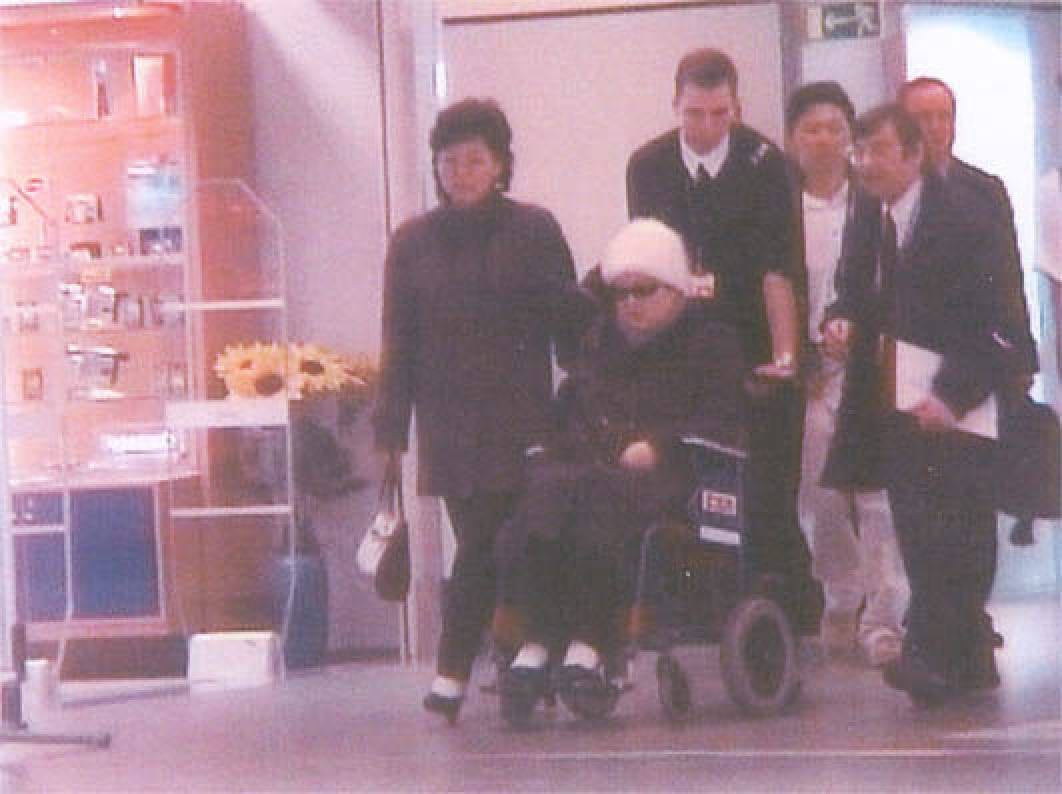
Ko is understood to have been diagnosed with breast cancer around 1997 but chose to delay treatment as there were tensions over who would be the future leader of North Korea. She travelled to Paris in 2004 to undergo treatment, but the disease had spread and she died in France in August of that year at the age of 52.
And while Ko was revered as “The respected mother who is the most faithful and loyal subject to the Dear Leader Comrade Supreme Commander” and “The Mother of Pyongyang” while she was alive, less was said about her roots in Japan and the issue is effectively taboo now.
Gomi said that should an ordinary North Korean start discussing Kim Jong-un’s maternal family, they would “more would likely begin to question his legitimacy as a leader”.
And while he hopes that his book will help smooth the way if Japan and North Korea can reestablish ties in the future, Gomi is not optimistic that this will happen.
“I am pessimistic about the future of Japan-North Korea relations,” he said. “However, it is a universal truth that the relationship between any two nations is not permanent. There are no perpetual enemies, nor permanent allies.
“I believe this book can offer Japanese readers a new perspective on North Korea and contribute to changing the relationship between Japan and North Korea.”
All photos are provided by Yoji Gomi, author of “Ko Yong-hui: The Zainichi Korean Who Became Kim Jong-un’s Mother,” published by Bungei Shunju